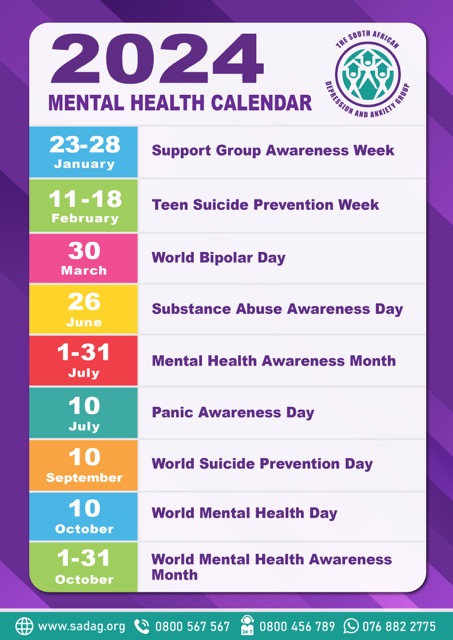From Medscape Medical News > Psychiatry
Self-Harm Patients Often Discharged Without Assessment
September 13, 2011 — Patients who come to emergency departments (EDs) because of deliberate self-harm are often discharged without first receiving a psychiatric evaluation, and often do not receive referrals for follow-up care, new research shows.
The national retrospective study of adult Medicaid beneficiaries also found that patients in the ED were more likely to be discharged to the community, instead of to an inpatient facility, if they were younger or self-harmed themselves by cutting, as opposed to a more lethal method.
In addition, only about half of the discharged patients either received a mental health assessment while in the ED or underwent a follow-up outpatient mental health visit within 30 days of release, and lethality of self-harm method was not a significant factor for either action.
"This suggests that there are serious problems in the quality of the emergency management of deliberate self-harm," lead author Mark Olfson, MD, professor of clinical psychiatry at Columbia University and research psychiatrist at the New York State Psychiatric Institute, New York City, told Medscape Medical News.
|
|
|
Dr. Mark Olfson |
"I thought that the more severely ill/highest risk patients would receive care, and that turned out not always to be the case. And that aspect of this study I found both surprising and somewhat disconcerting."
He noted that the findings represent a chance for EDs to improve service, including reevaluating their staffing patterns, shifting their emphasis from just stabilizing patients to also providing psychological evaluations to help identify enduring risk factors for suicide, and developing referral networks.
"There's an opportunity here to not only prevent suicide, but to help people to get the care that they need, hopefully in the next day or 2 after presenting to the ED," said Dr. Olfson.
The study was published online September 5 in the Archives of General Psychiatry.
Significant Suicide Predictor
According to the investigators, the risk for suicide is nearly 6 times greater after a single visit to an ED because of self-harm, even if the episode did not involve suicidal intent.
In addition, "more than 90% of adults who deliberately harm themselves meet current or lifetime criteria for 1 or more mental disorders."
However, past research has found that more than half of EDs do not have a mental health professional on hand to assess or treat these patients.
For this study, the investigators evaluated Medicaid claims data from all 50 states, along with county-level sociodemographic and Medicaid state policy survey data, on adults between the ages of 21 and 64 years who were treated in EDs for self-harm between March and December 2006 (n = 7355 episodes).
The 60-day period before the ED visit and 30 days after were assessed for each episode.
"Medicaid beneficiaries represent a large population who may be at a particularly high risk for problems with continuity of mental health care," explain the investigators.
Discharge Without Assessment
Results showed that 4440 of the self-harm patients (representing 4595 episodes) were discharged to the community.
Patients who were self-harmed by cutting were significantly more likely to be discharged (adjusted risk ratio [RR], 1.18; 99% confidence interval [CI], 1.12 - 1.24), as were patients between the ages of 21 and 31 years compared with those who were between the ages of 45 and 64 years (RR, 1.18; 99% CI, 1.10 - 1.25).
The investigators caution that clinicians should keep in mind a previous long-term study (Am J Psychiatry. 2005;162:297-303) that showed that patients who present to EDs with self-inflicted cuts had a higher trending risk of completing suicide than those who used other self-harm methods (P = .09).
Patients in the current study were significantly less likely to be discharged if their self-harm was related to poisoning or other method of high lethality (RR, 0.84; 99% CI, 0.80 - 0.89), or if they had had a recent psychiatric hospitalization (RR, 0.74; 99% CI, 0.67 - 0.81).
However, "people who presented with depression or schizophrenia or substance abuse disorders, which are known risk factors, were not more likely to be admitted, which is troubling," reported Dr. Olfson.
Only 47.5% of the treatment episodes included a mental health assessment, with Hispanic self-harm patients significantly less likely than white patients to receive an assessment.
"One possibility...is that language or cultural barriers play a role. Language interpreters in [ED] settings are often underutilized, untrained, or unavailable," write the investigators.
"Even among treatment episodes by patients who had received inpatient mental health care in the preceding 60 days, a substantial percentage of the episodes (43.5%) did not include a mental health assessment in the [ED]," they add.
Patient age or sex, or lethality of method, were all not significantly related to ED assessments.
A "Troubling Pattern"
A total of 52.4% of the discharged patients went on to receive follow-up outpatient mental healthcare within 30 days. The odds of follow-up care were significantly higher for recent outpatient care (RR, 2.30), if treatment was given in a state with Medicaid coverage of mental health clinic services (RR, 1.13), and if a diagnosis of a clinical depressive disorder was made in the ED (RR, 1.09).
Greater rates of follow-up care were also observed for female vs male patients, and for white vs Hispanic or black patients.
Self-harm lethality was again not a significant factor, with only 39.8% of the episodes involving firearms, drowning, falling, fire, suffocating, or motor vehicles resulting in follow-up mental healthcare. Recent self-harm was also not associated with either ED assessments or follow-up care.
"The reasons for this potentially troubling pattern are not clear," write the researchers. "It is possible that, in some [EDs], the acute physical health threat posed by self-injuries with high-lethality methods divert clinical attention from enduring mental health risks and that patients who repeatedly harm themselves engender complacency."
They note that the findings raise the possibility that EDs "are governed less by clinical characteristics of individual patients than by staffing patterns or established [ED] evaluation protocols."
They write that mental health screenings, efforts to better educate ED staff about this patient population, and efforts to manage and coordinate service transitions "represent promising approaches" to improved care, as does providing specific outpatient appointments (rather than only contact information) and telephone reminders.
Dr. Olfson reported that the investigators are now working on similar studies, including one that focuses on children, one that focuses on the privately insured vs those who have Medicaid, and eventually one that looks at interventions for those who self-harm.
"Not enough is being done to improve the continuity of care and improve linkages of coordination of care and treatment for these people," he said. "There's a real opportunity here to provide potentially lifesaving care and referrals."
The study was supported by a grant from the American Foundation for Suicide Prevention. The study authors disclosed several financial relationships, which are fully listed in the original article.
Arch Gen Psychiatry. Published online September 5, 2011.



























